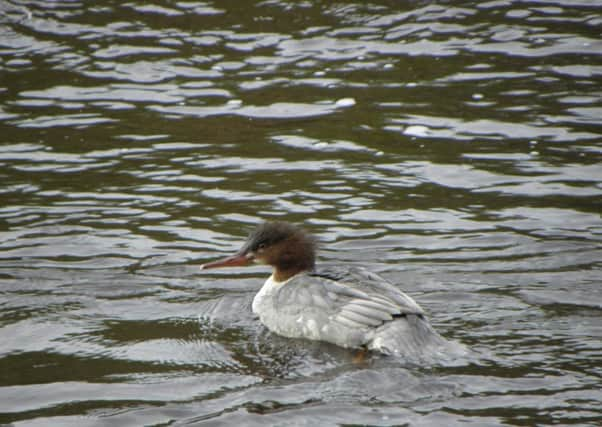Poor weather has affected moth numbers


This year’s moth numbers were way down on last year’s record tally – 366 against 534.
The poor weather is no doubt to blame, with seven nights this year being completely blank. As in the past three years, the most numerous species has been the Large Yellow Underwing, with second spot going to its cousin the Lesser Yellow Underwing.
Advertisement
Hide AdAdvertisement
Hide AdOn a pleasantly mild afternoon last week, I had a lovely stroll down the banks of the Tweed from Mertoun Bridge.
The river was running quite high and the salmon were leaping at the nearby cauld – the first chance they have had this autumn to make their way upstream to the spawning grounds.
The glorious avenue of poplars was shedding its yellow leaves onto the footpath below and into the adjacent river.
The song of an unseen dipper could be heard above the rushing water, as it proclaimed its territory for the coming breeding season.
Advertisement
Hide AdAdvertisement
Hide AdIn a quieter eddy between an island and the bank, I paused to watch a female goosander, fishing intently. It was so absorbed in the task at hand that it completely ignored my presence a few feet away – unusual for a normally nervous bird.
A few days later, I was sitting at Murray’s Cauld near Selkirk, hoping to see some fish jumping, when another goosander caught my attention. It was fishing in a shallow pool at the foot of the weir, watched closely by a motionless heron.
On the shingle close by, a carrion crow sat patiently waiting for the remains of any fish discarded by the other two.
It was fascinating watching the goosander swimming in circles, with its head just below the surface, before suddenly lunging at a fish.
Advertisement
Hide AdAdvertisement
Hide AdWhat I found amazing was that the turbulent water at the foot of the cauld was white with bubbles, with virtually zero visibility, so how the bird could locate its prey was an absolute mystery.
Don’t forget to drop me an e-mail if you have a wildlife query or interesting local picture you would like to share with other readers. Send to [email protected]